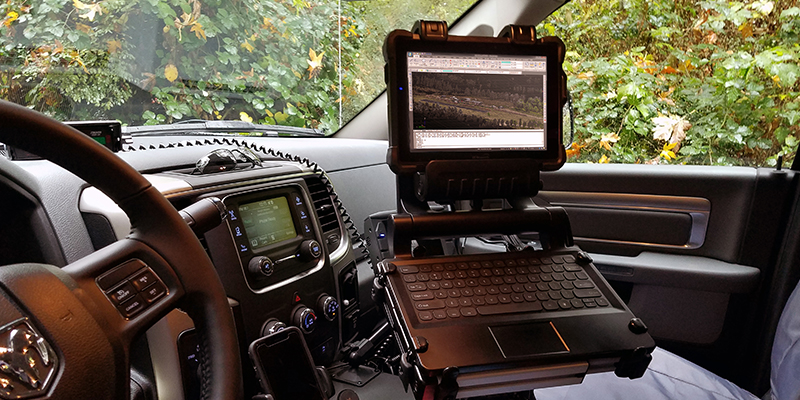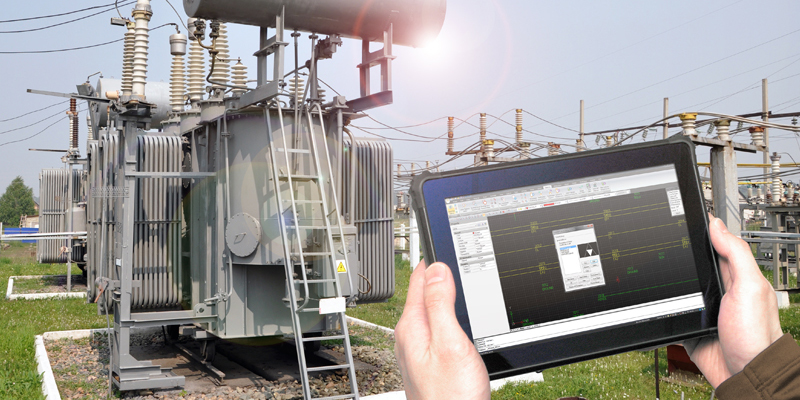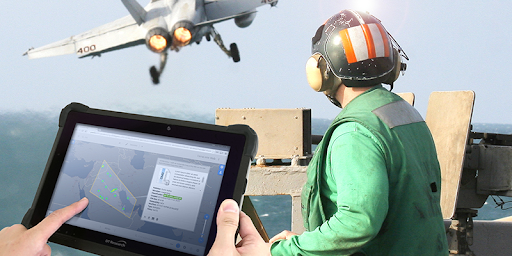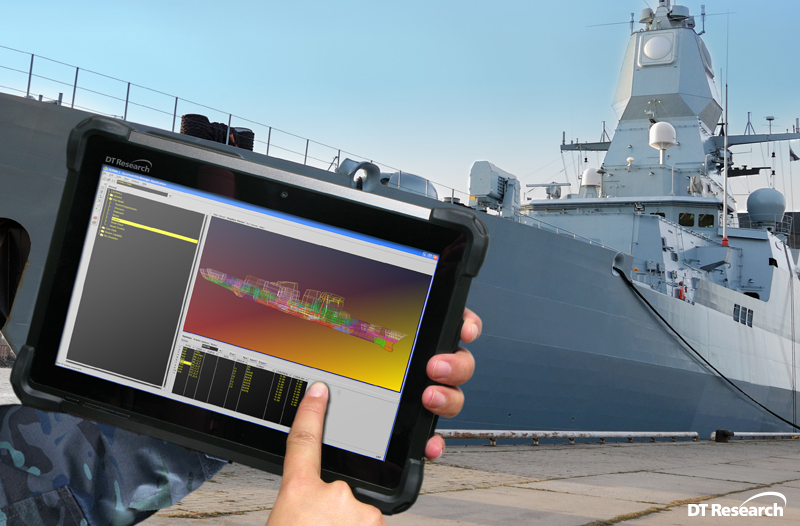
GNSS, or Global Navigation Satellite System, provides independent geospatial positioning that is the ideal technology for logistics and location-based service sectors. GNSS mapping also delivers the necessary technology for smarter logistics and asset management planning, from fleet supervision to delivery scheduling and GPS routing. Not only will DT tablets reduce overhead costs, but they will provide corporations and clients with improved access to facilities.
Continue reading “Logistics GNSS Mapping – Asset Management”




